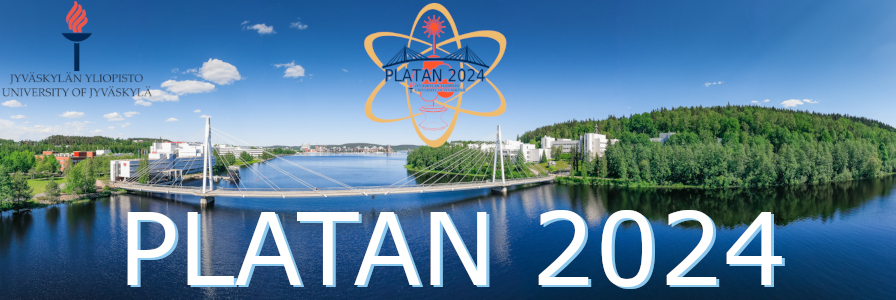Description
Experimental data on atomic and nuclear properties for exotic nuclei in the heavy actinide region $(Z\geq100)$ remain scarce up to date. The RAdiation Detected Resonance Ionization Spectroscopy (RADRIS) apparatus, located at GSI, Darmstadt, Germany, is employed to determine quantities, such as atomic energy levels, ionization potentials, nuclear moments, mean-square charge radii, and isotope shifts. Past measurements at RADRIS encompassed the investigation of $^{245,246,248-250,254}$Fm and $^{251-255}$No. In the current setup the detection of laser ions via their $\alpha$-decay for nuclei with half-lives in the order of several hours or longer becomes impractical. This presentation will show already obtained results with RADRIS and how future improvements will increase the methods reach towards longer-lived nuclei. This will allow accessing e.g., $^{246}$Cf $(35.7\,\text{h})$ and $^{252}$Fm $(25.39\,\text{h})$. The latter is of interest, as it is located directly at the $N=152$ shell gap in the fermium isotopic sequence, thus providing the missing information between previously studied isotopes on the neutron-rich and on the neutron-deficient side.

